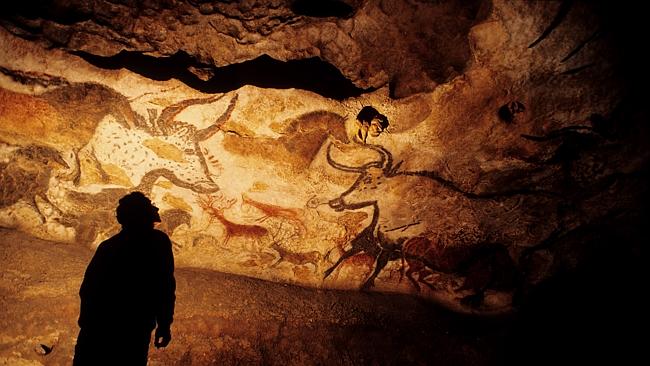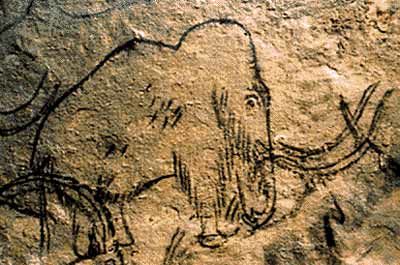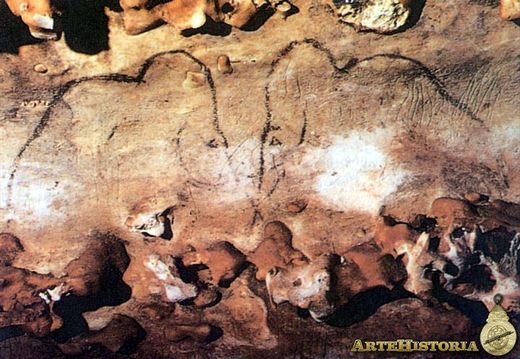
© Getty Images/Lonely Planet Source: Getty ImagesRock art in Rouffignac Cave.
The train cart rattles along the track. Leaving the bright sunshine behind, you plunge deep into the dank, subterranean world.
The guide points out scratch marks on the wall - made by bears, who fortunately don't live in the caves anymore. Venturing deeper, you pass some engravings and drawings of a rhino, horses and a procession of mammoths. They are impressive. Not simply childish drawings of animals, but
skilled works of art.Two kilometres in, the train grinds to a halt. You get out and start to walk, hoping the movement will warm up your limbs. You stumble into a hidden gallery, darkness engulfing the group. The guide explains in hushed tones why these caves are so magnificent.
At last, you're allowed to switch on your head-torch. Gazing upwards, you now understand what the guide was on about.
Animals of all shapes and sizes adorn the ceiling. Some intricately painted, others simple line drawings. No wonder this is known as the
"Great Ceiling".Welcome to Rouffignac Cave.
© www.leperigordnoir.frPainting of a mammoth c. 13,000 years old
, which is accessible only aboard the electric train that zips visitors
13,000 years back in time.

© www.artehistoria.jcyl.esTwo figures from a massive mammoth frieze.
Some of the signs are thought to have been made by children as young as three years old - the "finger flutes" created by dragging three digits down the wall.
But most of the artworks show great skill, with different techniques used to paint the red, ochre and black figures. However, it's where the images are located that is most intriguing.
Most of the paintings and engravings are tucked deep in the interior.It is still unknown quite why Stone Age humans ventured so far into the cave system, sometimes having to crawl on their fronts, just to create these works of art. While the caves guard this secret, the paintings they protect are truly magnificent.
Much later, during WWII, the caves also protected people, serving as a hide-out for French Resistance fighters.
The caves are hidden in woodland 15km north of Les Eyzies-de-Tayac-Sireuil in the Dordogne's Vézère Valley.



Clearly No Child Care for Cave Artistes
So they dragged the kids back, had them mix the paints, clean brushes and tools; and THEN, JUST WHEN they were about to get that left tusk "just right"; well, Murphy's law would dictate that Junior would come up and say. . . "Mommy! Mommy!*
Painter would then say . . ."Sure Jr. It's ok. Go over there and fingerpaint to your heart's delight."
Then, to self: "Sigh - Argh. Kids these days! They've got no respect!"
Seems obvious, doesn't it?
R.C.
* Or "Daddy, Daddy."
RC